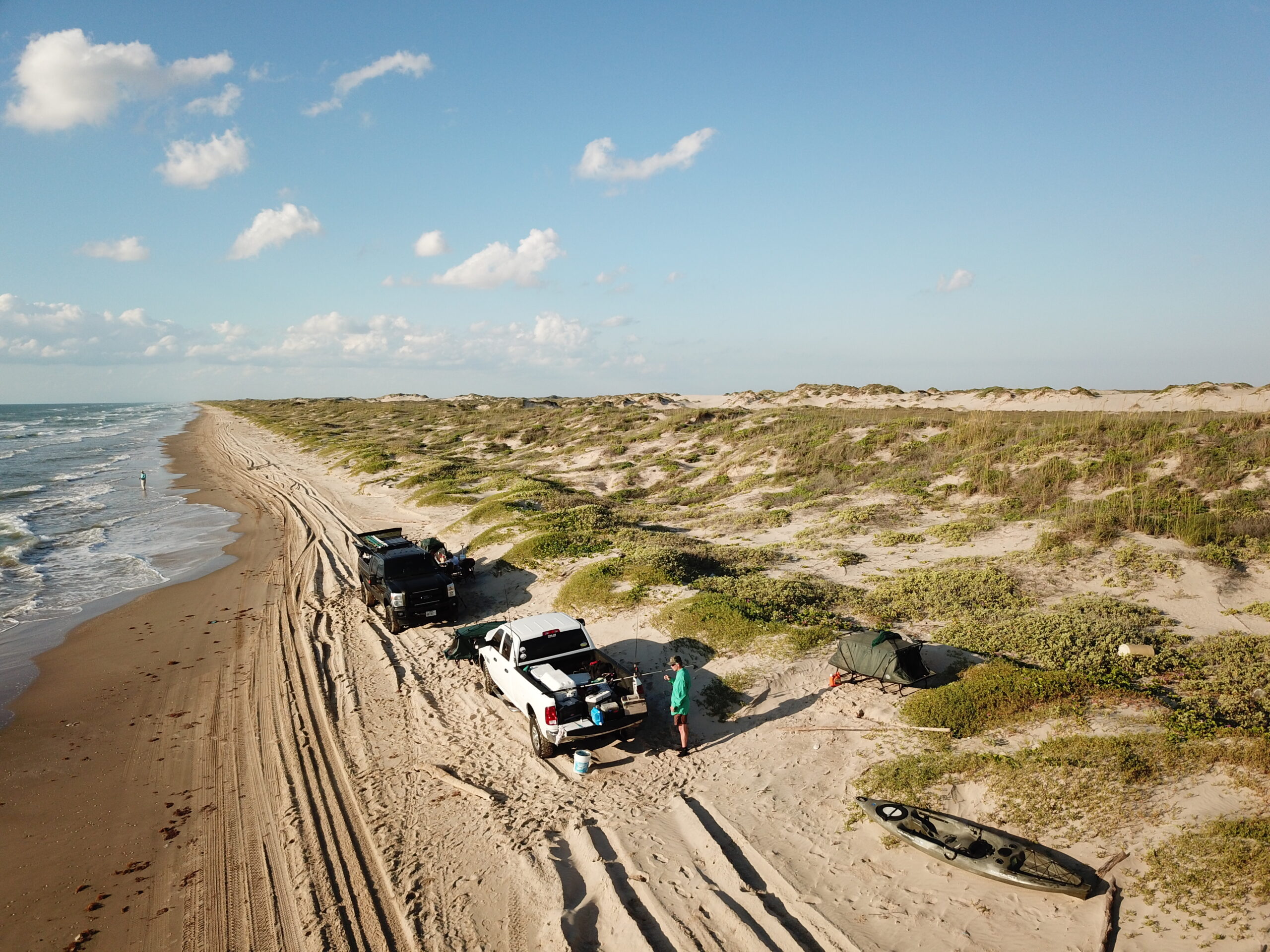
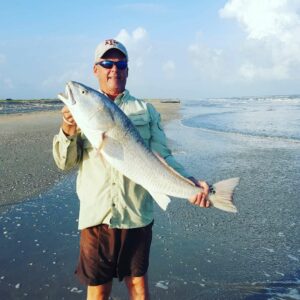
Welcome to The Beach Angler. Thanks for stopping by.
Rex McMahon
A site for everything Outdoors. Hunting, Fishing, Camping, Hiking and Much more. You’ll find tips, tactics, destinations, reviews and adventures. Come along……….
RECENT ARTICLES
COMMENTS
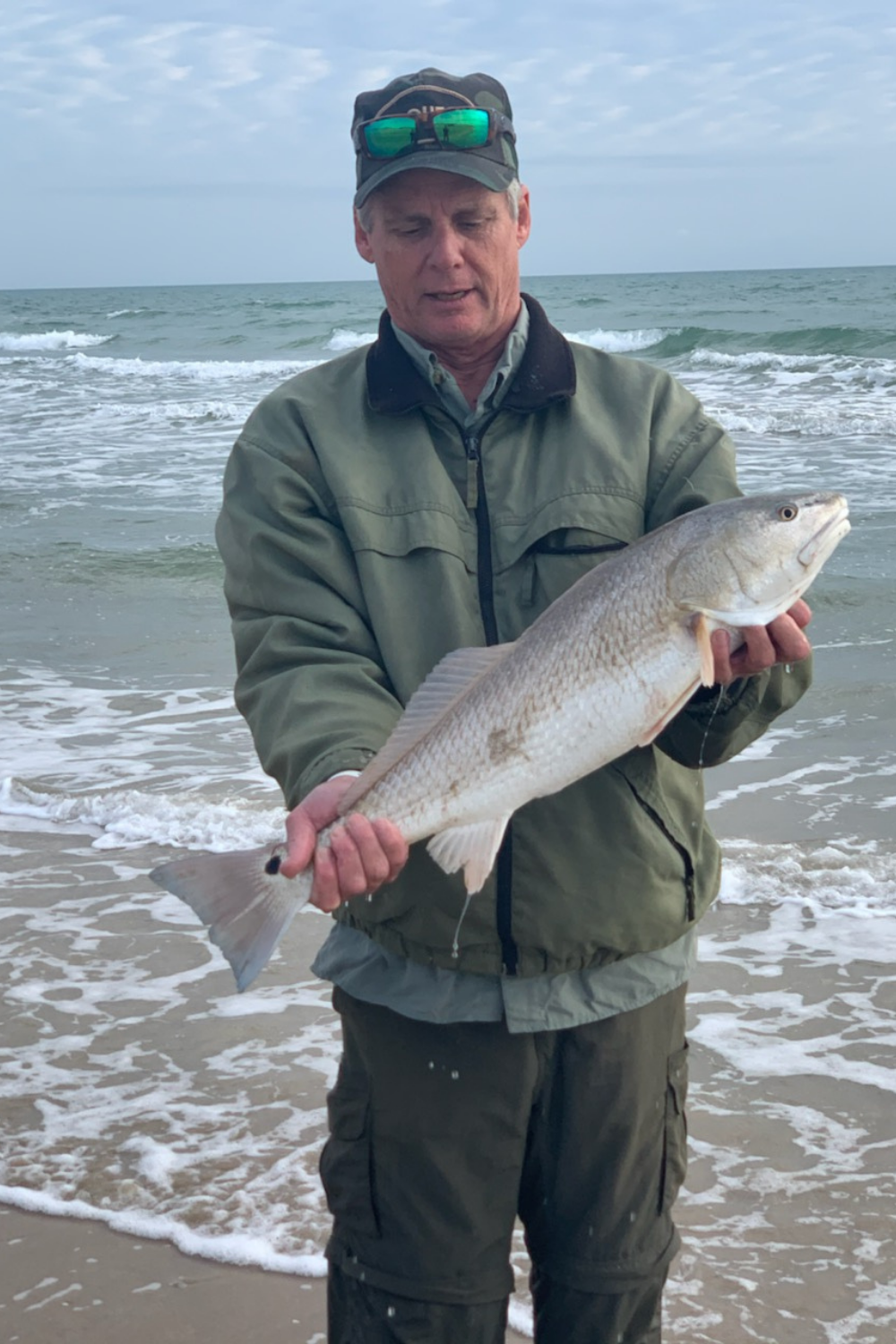
Hi Rex, I was hoping to order the bunker up 6 pack of bait casting molds for cannon. Any idea…

Hey Nick, I would go with at least the KastKing Kapstan Elite 6000. It can handle the bigger fish while…
What size kapstan elite would you recommend for blue and flathead catfish in the 30 To 70 lb range

You’re very welcome Joe. Thanks for your comment. March is a great time to surf fish around St Augustine. The…

PHOTO GALLERY

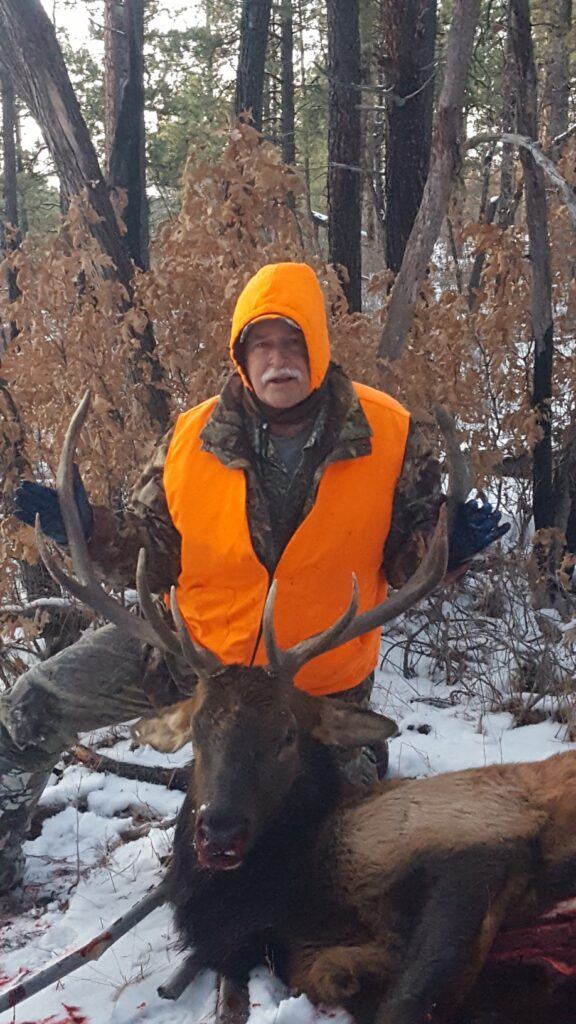


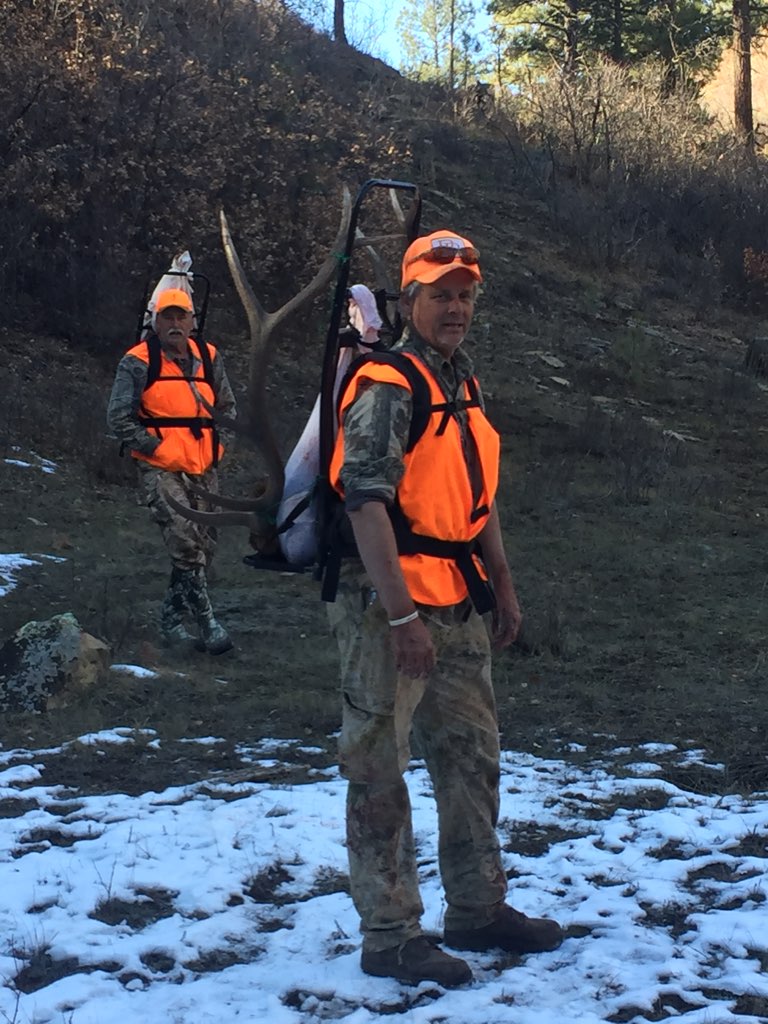
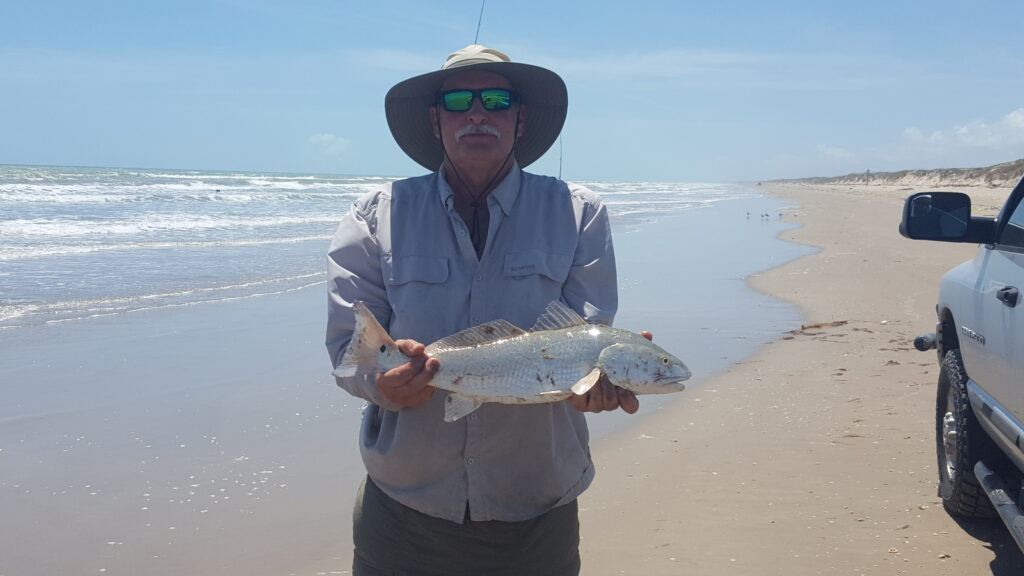



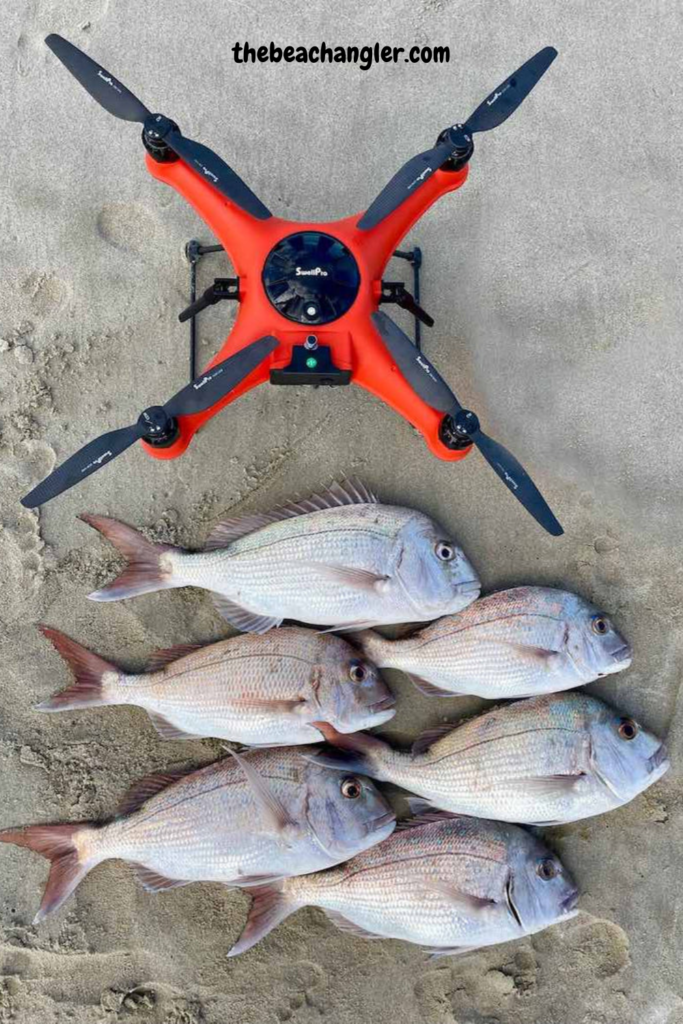
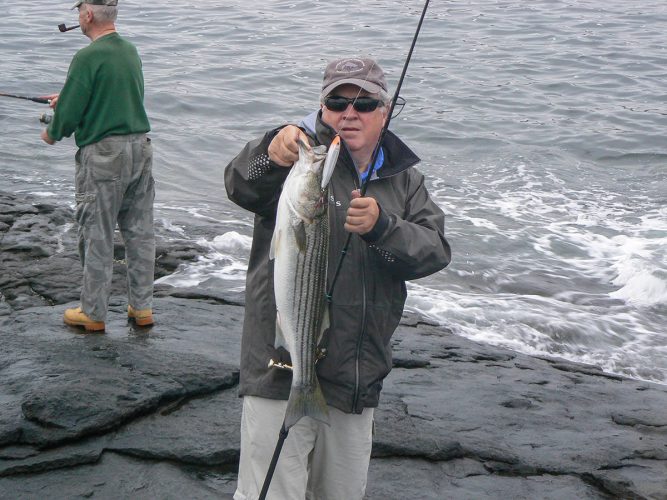
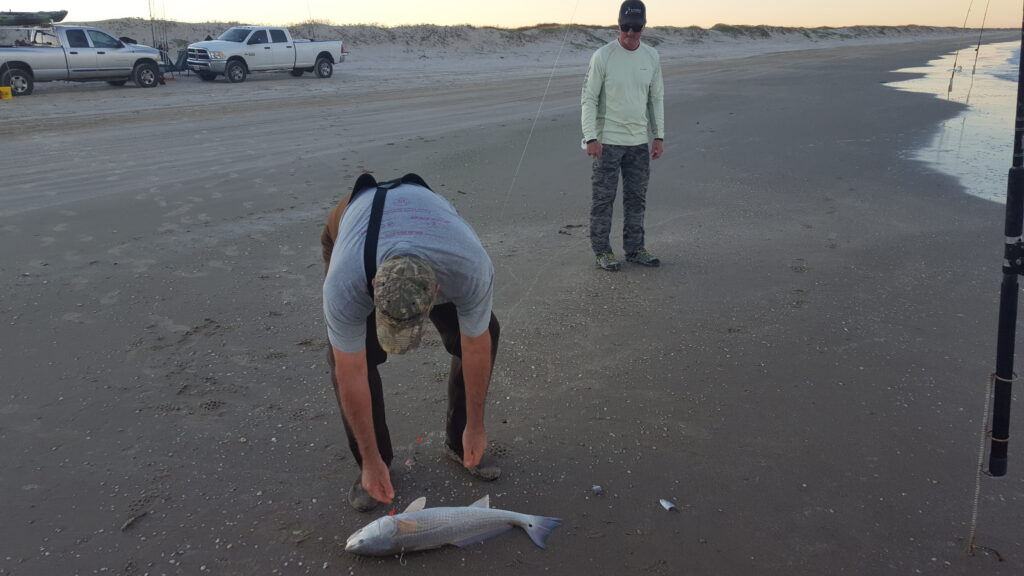
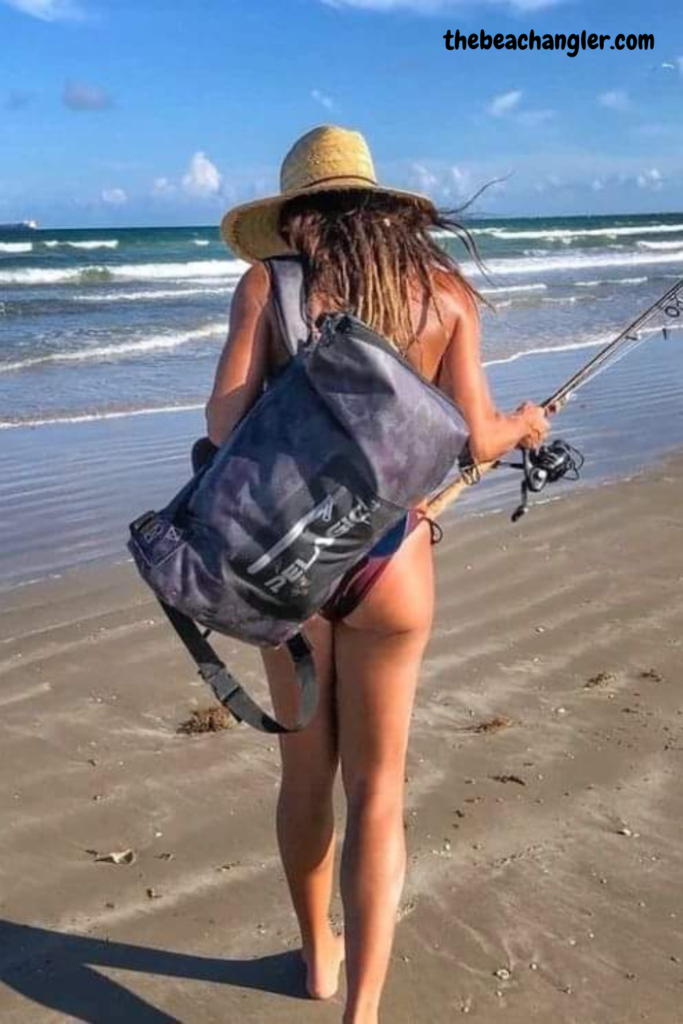
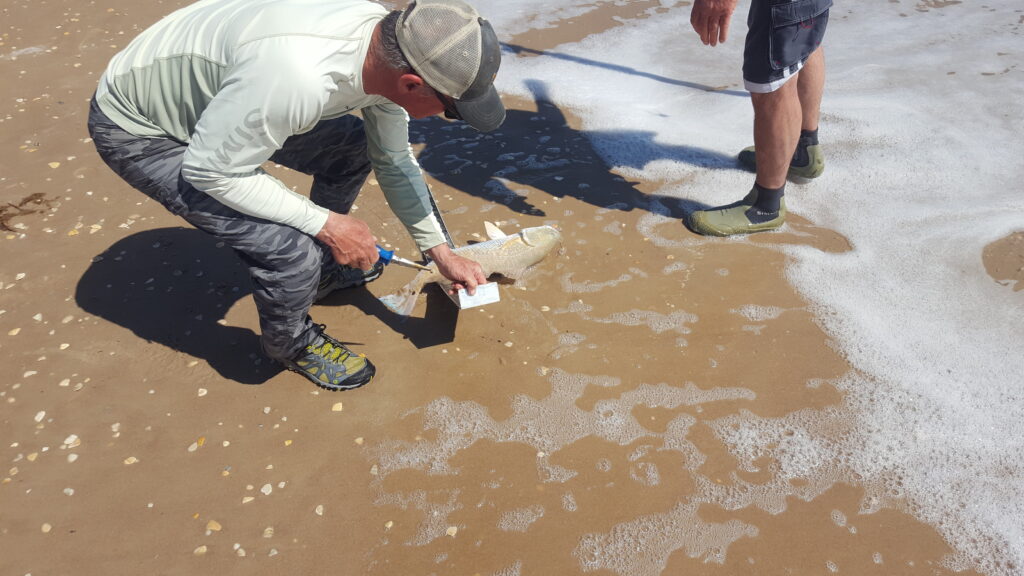
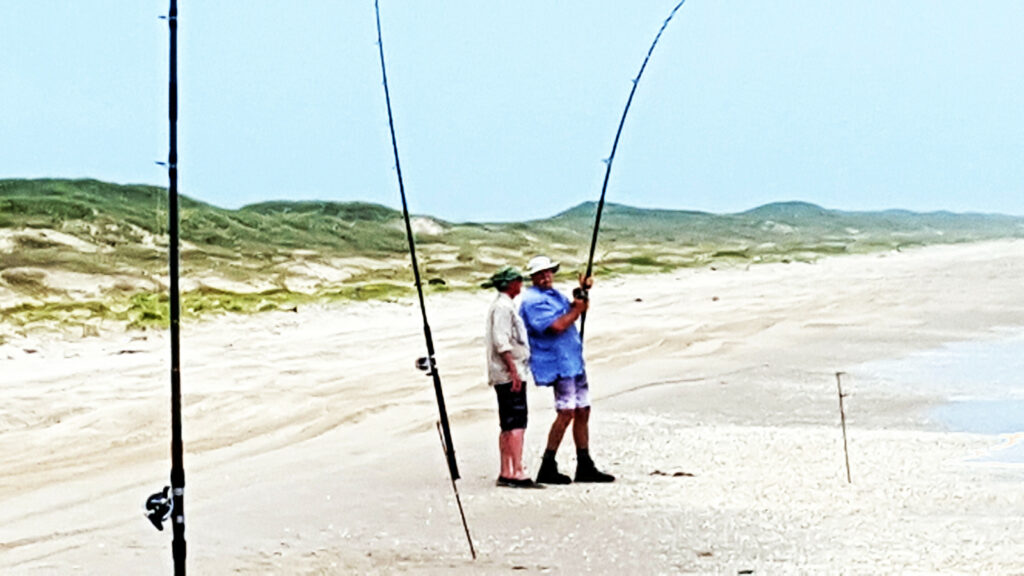
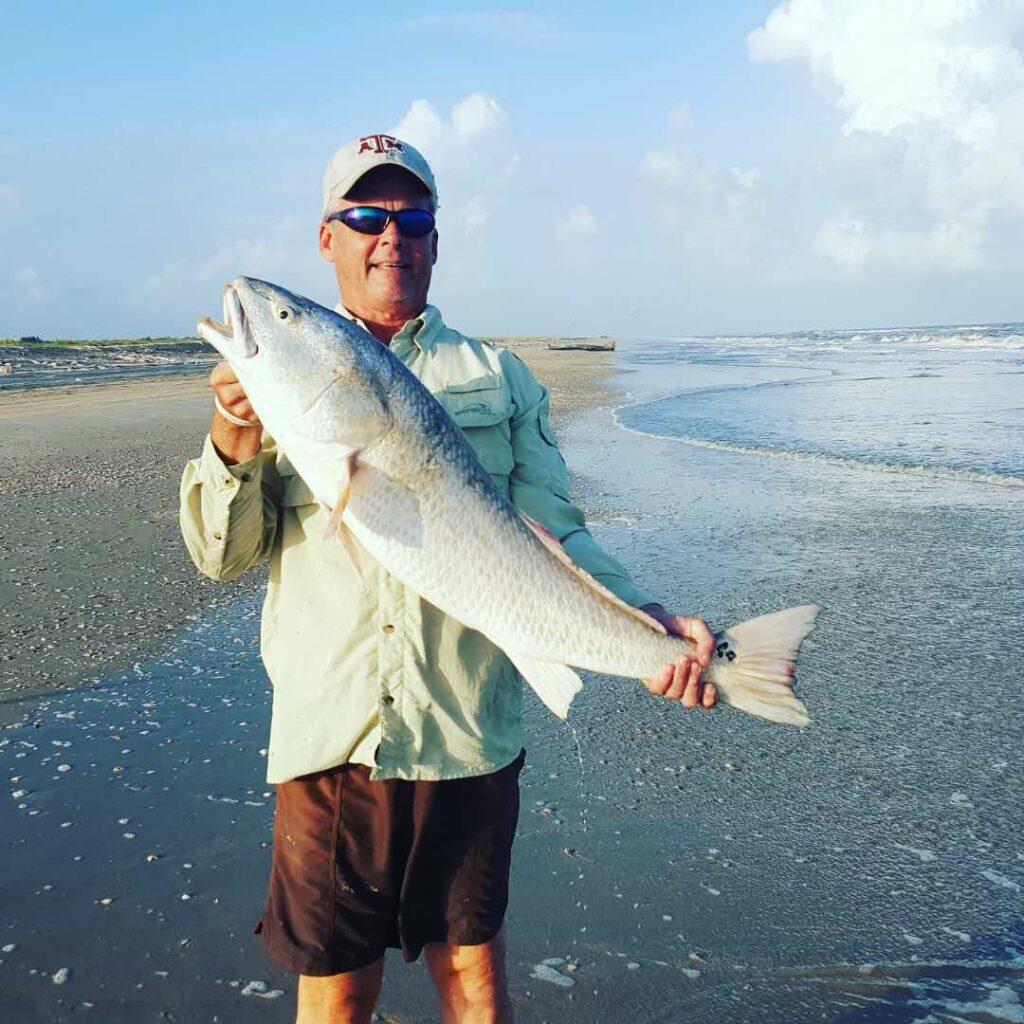

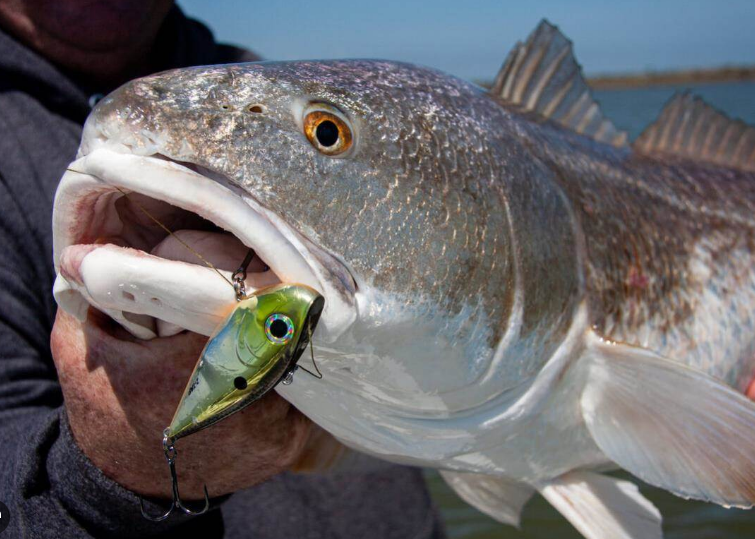
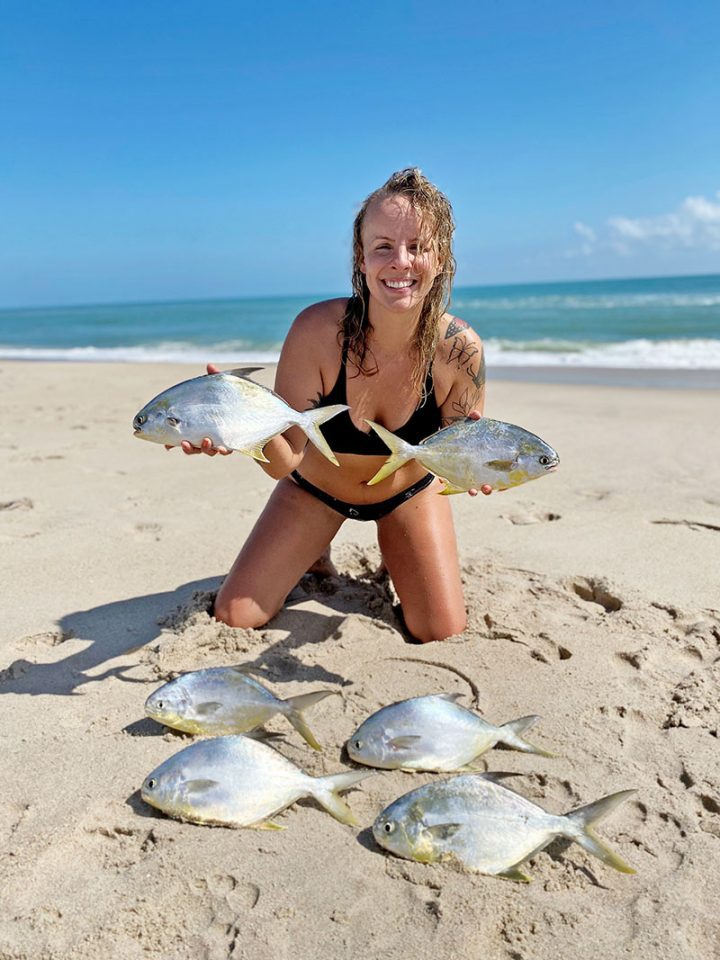

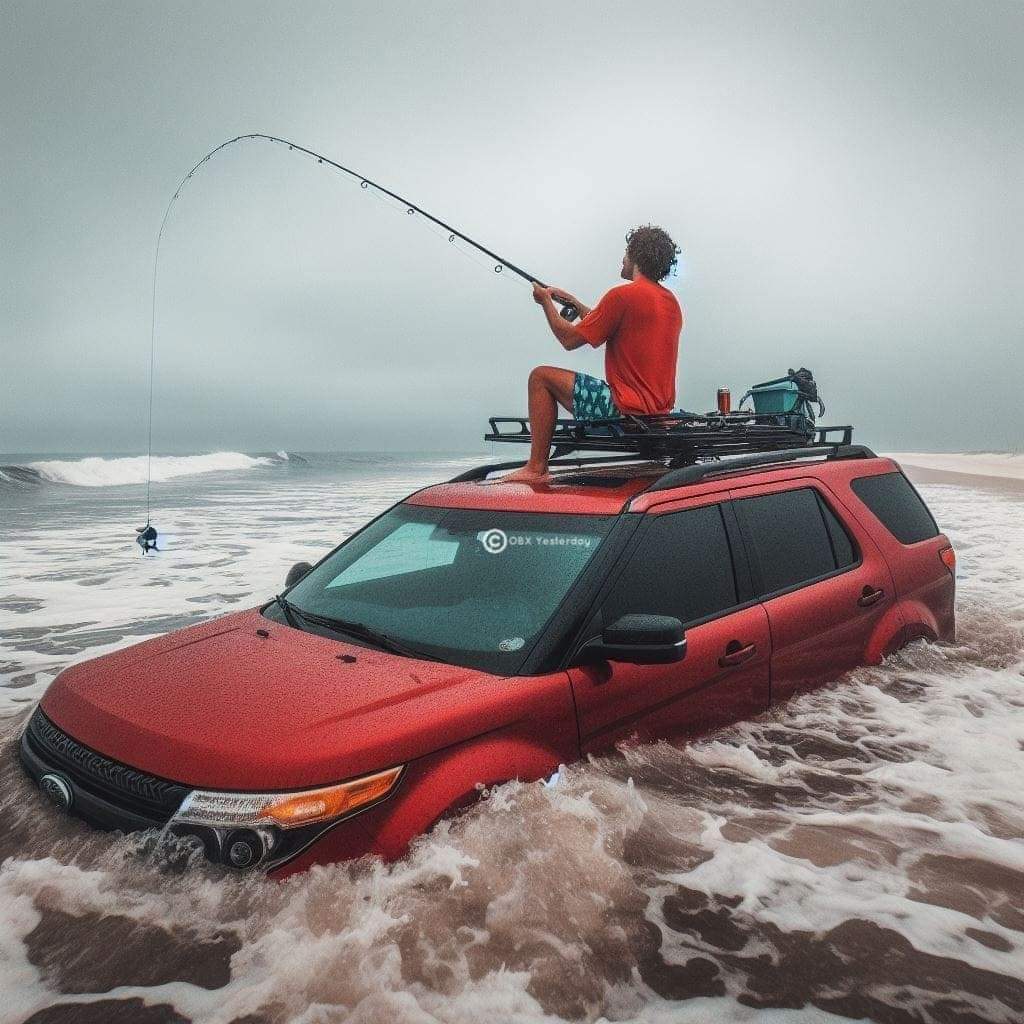

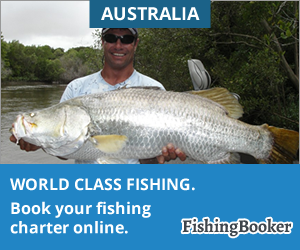
World’s #1 Fishing Booking Service
World-class and Worldwide Fishing Destinations for Planning Your next Trip.
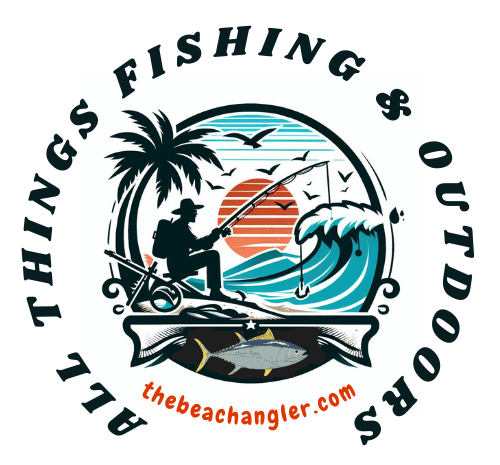
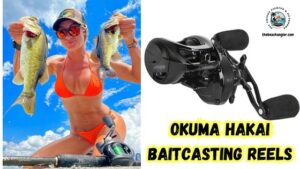

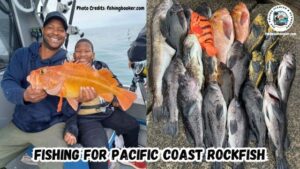
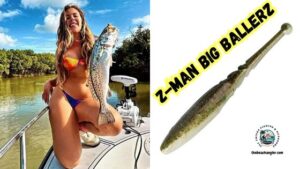
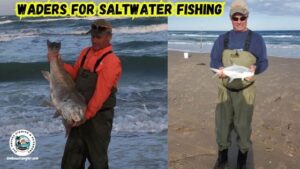
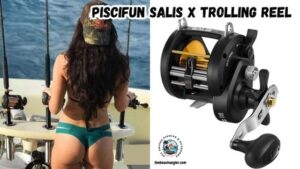
Hi Laurie, Bunker up fishing was bought out, and they are not making bait cannons or molds at this time.…